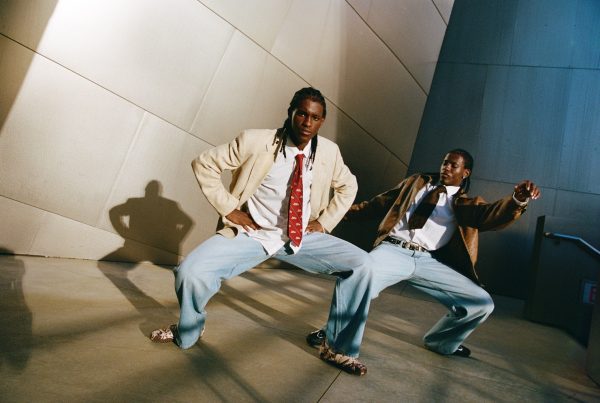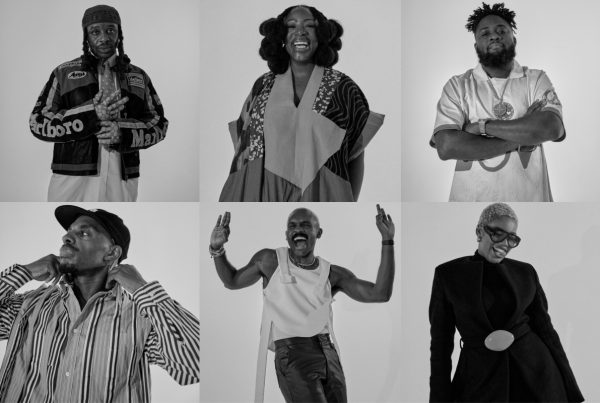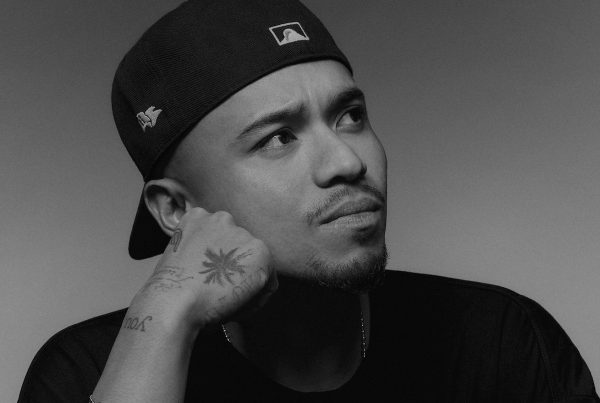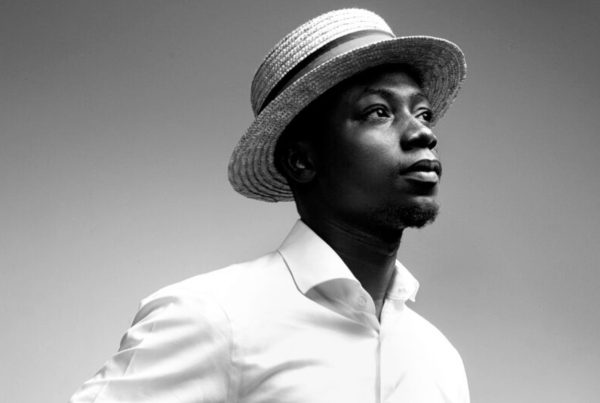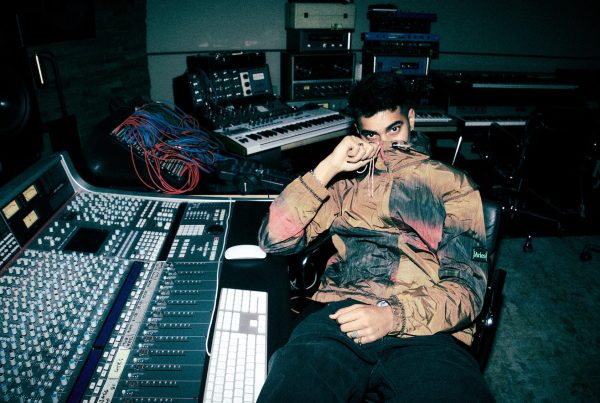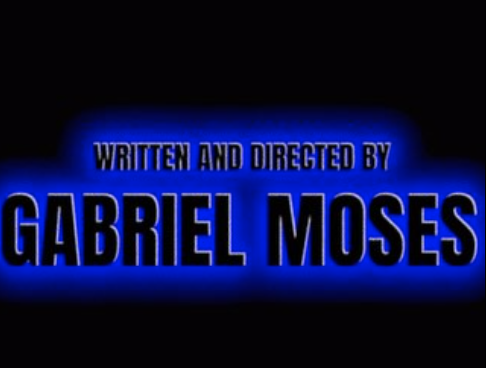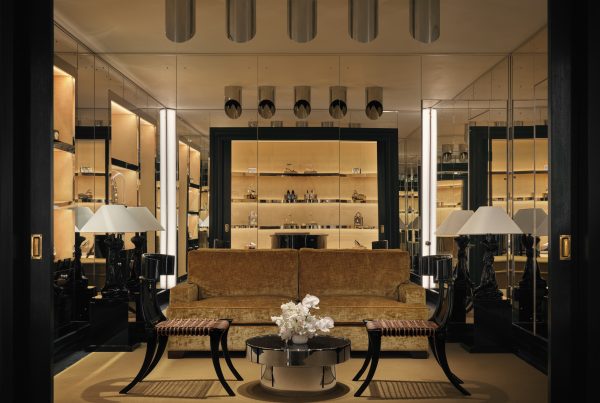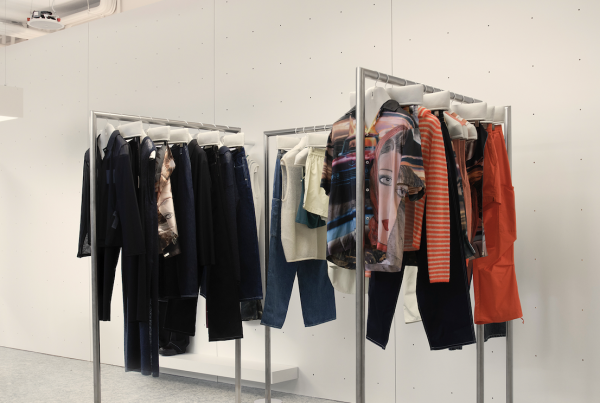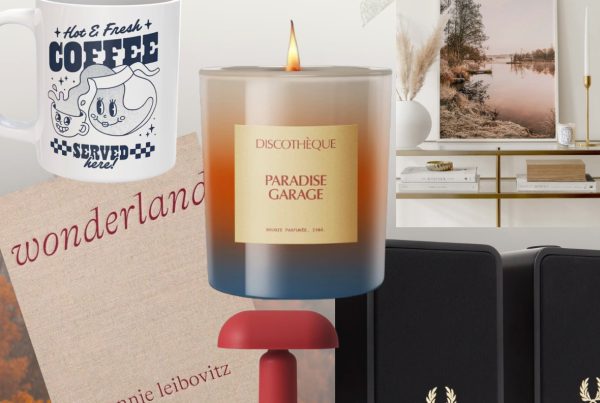Engagement rings are undergoing a vibrant transformation. While the classic white diamond solitaire still symbolises “forever” for many, modern couples are increasingly turning to coloured gemstones, from deep blue sapphires to verdant emeralds and fiery rubies , to express their love. A recent survey found that 25% of today’s engaged couples would choose a coloured gemstone centre stone, a dramatic jump from just 5% a decade ago. In the United States, industry data indicates roughly 15–18% of engagement rings now feature a coloured gem as the centrepiece. Clearly, a colourful comeback is underway, blending tradition with personal style in a way that has lifestyle editors and brides-to-be buzzing.
A Dazzling Return to Colour

Gemstone engagement rings are back in vogue, offering vibrant alternatives to the classic diamond solitaire
After decades dominated by the “a diamond is forever” mindset, a new generation is embracing what came before the diamond era. Historically, coloured gemstones were the engagement norm – long before mid-20th century marketing propelled diamonds to supremacy. In fact, up until the 1940s and 50s, sapphires, rubies and emeralds were often the gems of choice for engagement rings, prized for their rich hues and cultural symbolism. The popularity of diamonds was largely manufactured by De Beers’ famous post-war advertising campaign, which cast the diamond as the ultimate symbol of romance. But now we’ve come full circle: modern couples are rewriting the rules of engagement ring tradition and resurrecting the colourful romance of past eras.
Globally Inspired by Heritage and Myth
One reason coloured gemstone rings resonate is the rich heritage and symbolism they carry across cultures. In France, colourful engagement rings never truly disappeared – sapphires, rubies and emeralds remain le choix élégant, a reflection of haute joaillerie traditions.
In South Asia, rubies have long symbolised passion and prosperity, often exchanged in bridal dowries. Emeralds in the Middle East are cherished as emblems of paradise and eternal spring. Sri Lanka’s famed Ceylon sapphires are still considered the ultimate engagement treasure, and many couples on the island choose them as a proud emblem of national heritage.
Even in the West, many are drawn to the mystique of birthstones. A bride born in February may choose amethyst; an August proposal may call for peridot. These intimate decisions transform the engagement ring into a talisman of personal storytelling.
A-List Approval: Royals and Celebrities Sparkle in Colour

From royalty to Hollywood, celebrity gemstone engagement rings continue to inspire couples globally.
If proof were needed of gemstone glamour, look at the most famous hands in the world. Princess Catherine’s sapphire ring – once Princess Diana’s – is perhaps the most recognisable engagement ring of all time. Prince William’s choice of the 12-carat Ceylon sapphire surrounded by diamonds was both deeply personal and globally influential, sparking countless replicas.
Other royals have also chosen colour: the Queen Mother received a sapphire in 1923, and Princess Anne favoured a sapphire too. Across the Atlantic, Hollywood trendsetters made their own mark. Blake Lively’s pale pink diamond broke headlines; Victoria Beckham rotated through multiple gemstone rings, including a blue sapphire; Halle Berry flaunted a bold emerald; Gwyneth Paltrow wore sapphire; and Princess Eugenie’s padparadscha sapphire became an overnight sensation.
Celebrities aren’t just wearing colour; they are normalising it. From Jennifer Lopez’s fancy green diamond to Katy Perry’s ruby halo, each ring has helped expand the palette of what an engagement ring “should” be.
Personal Style, Meaning and Storytelling

Couples are choosing gemstones like amethyst and ruby to tell deeply personal love stories.
The rise of colour is fundamentally about self-expression. “Each gemstone is individual, from its exact colour to the way it’s cut,” says Selene Corvella, Gemologist at Glamira,“We’ve had clients choose a sapphire because they met on a trip to Sri Lanka, or an amethyst because it’s the bride’s birthstone. We’ve even designed rings that combine two birthstones, one for each partner. Couples love that a coloured stone makes their ring deeply personal – no two are ever the same, just like their love story.”
Beyond individuality, gemstone choices carry layers of symbolism. Sapphires are tied to loyalty, rubies to passion, emeralds to renewal, amethysts to sincerity. Couples are rediscovering the romance of meaning – and this resonates in an era where weddings are more personalised than ever.
Moissanite and Lab-Grown Diamonds: The Modern Twist
Interestingly, the return of colour coincides with the rise of alternative stones. Moissanite, originally discovered in a meteor crater and now grown in labs, offers more rainbow fire than diamond and a dramatically lower price. Its popularity has exploded, particularly among younger couples seeking brilliance without compromise.
Meanwhile, lab-grown diamonds have shifted from curiosity to mainstream. They are identical to mined diamonds but up to 70% more affordable. In the US, lab-grown diamonds now represent more than half of all diamond engagement centre stones. Their rise has opened the door for coloured stones too: once couples depart from the old “rules”, they become far more open to creative, colourful choices.
A Kaleidoscope of Options – and Modern Craftsmanship

Glamira’s customisable collections allow couples to design rings that are truly their own.
Jewellers are embracing the trend, offering collections in every shade. At Glamira, couples can personalise rings in countless ways – from sapphire and ruby to amethyst, moissanite and lab-grown diamonds.
Design trends are also evolving. Many opt for halo settings with coloured centres, blending tradition with vibrancy. The romantic toi et moi style, two stones representing two souls, has made a resurgence, often with contrasting gems. Some clients seek rare varieties such as padparadscha sapphires, teal tourmalines, or colour-change alexandrites, each lending exclusivity.
As Selene Corvella explains: “We’ve seen a sharp rise in couples requesting unusual centre stones – emeralds for Irish roots, sapphires for heritage, amethysts for birthstones. They love the sense of storytelling that comes with a gemstone. It makes the ring not just a jewel, but a chapter of their life.”
A Brightly Coloured Future

The comeback of colour is redefining engagements worldwide
Google search data confirms growing demand: “sapphire” searches average 301,000 per month globally, “amethyst” and “moissanite” 246,000 each, and “ruby engagement rings” around 201,000. Pinterest and Instagram feeds are awash with colourful designs, signalling cultural momentum.
The diamond will always have its place, but it now shares the stage with a symphony of coloured gems. Engagement rings are no longer bound by convention; they are defined by individuality, heritage, and creativity.
As Corvella concludes: “When a customer finds the gemstone that speaks to them, you see their face light up. It’s as if the ring suddenly has a soul – their soul. That emotional connection is priceless, and it’s why I believe coloured engagement rings are here to stay.”
























